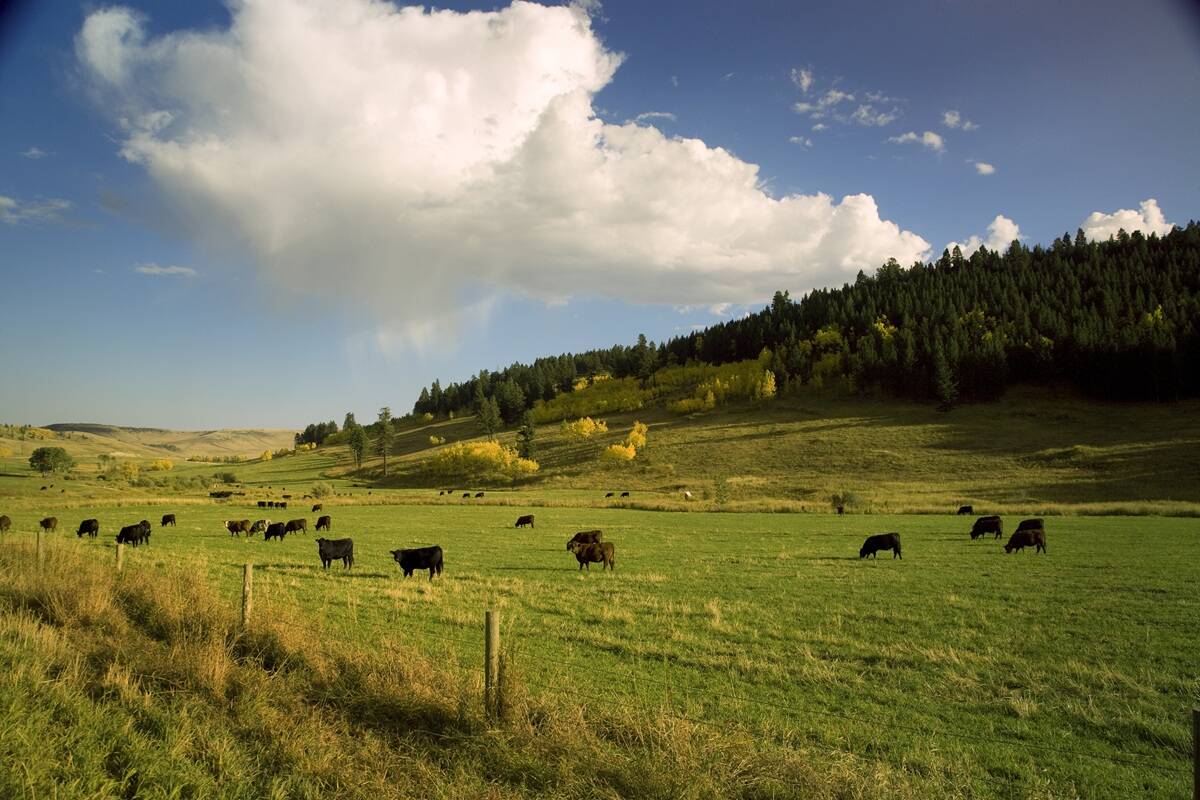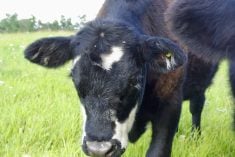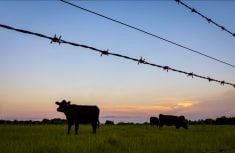It’s a trying time for those who try to convert current events into numbers in search of meaning for what’s happening today compared with what happened yesterday. Veterinarians are expected to know about viruses and bacteria transmitted between animals and people, but obviously important pieces are missing. It is especially frustrating with how little is known about COVID-19. The world is presently stymied where it came from and where it might be going. The pandemic caused by COVID-19 is ravaging an unprepared world. History evolves daily.
Read Also

Are you a competitive supplier of weaned beef calves?
Beef farmers and ranchers need to strategically manage costs to achieve and maintain profitability.
We do know COVID-19 originated in the Huanan Seafood Wholesale Market in Wuhan City, China, a so called “wet” market where people buy and sell live exotic animals destined for human consumption such as pangolins, turtles, snakes, civet cats, etc. One of the mentioned species harbored a virulent coronavirus that apparently originated in horseshoe bats, native to China. Recent studies show that pigs, ferrets, cats and non-human primates have cell receptors favourable to COVID-19 binding and may be susceptible to infection.
The virus mutated, and then jumped the species barrier into humans. The sickening part of this travesty is that despite China’s ban on trade in wild animals following the SARS outbreak (2002-04), trade continued and laws were unfortunately ignored. When all is said and done, China’s disgraceful involvement in today’s COVID-19 pandemic should not be forgotten.
Estimates of the number of people who might die from coronavirus are jumbled. Projections from researchers at London’s Imperial College and the WHO Collaborating Centre for Infectious Disease Modeling say up to 40 million people could perish this year, including 2.2 million U.S. citizens. Medium.com estimates 10 million may die — figures viewed over 40 million times and cited in major publications such as the New York Times.
Dealing with numbers that large is difficult. Fortunately, there are scientists and mathematicians who break them into simpler dimensions; British anthropologist Robin Dunbar calculated a person will lose, on average, 10 people from his/her personal roster, including at least one who is close, plus others the person knows well, is acquainted with, or at least recognizes.
Not everyone agrees with Dunbar’s calculations. University of Massachusetts’s Amherst Flu Forecasting Center of Excellence surveyed 18 infectious disease modelers and predicted a 0.06 chance that deaths would exceed 1.5 million. If 195,000 die in the U.S., then on average one person you know might die. In an average U.S. town there would be about a half-dozen deaths.
Why are the numbers so inconsistent? Part of it is the nature of modeling using a small dataset — the risk epidemiologists and public health officials run in the absence of good surveillance data, especially the kind generated by wide-scale testing. Other unknowns with the novel coronavirus include when it really started, how many people are at risk, and actual mortality rates. If COVID-19 started a month ago, the infection curve is climbing at an incredible rate. But if it started two months ago, calculations would show the disease as much less of a risk, because a significant portion of the population could be immune — something key scientists suspect might be happening on cruise ships at anchor in Florida ports. But the bigger reason for the wildly divergent projections is that disease outcomes depend to a large extent on what happens next — the mitigation strategies.
Many find it difficult to get their heads around scenarios related to terms such as “suppression” and “mitigation.” University of Texas disease modelers, Remy Pasco and Xutong Wang, presented “plain language estimates” for the city of Austin. Their model concluded that if the city does nothing, 10,908 people could die. If Austin closes schools and people strictly adhere to social distancing, the number drops to 267.
Cholera, bubonic plague, smallpox and influenza were some of the most brutal killers in human history. When outbreaks of these diseases cross international borders, they are properly defined as pandemics, especially a disease such as smallpox, which throughout history killed 300 to 500 million people. The most damaging pandemic of influenza, an H1N1 strain, appeared during the First World War. Soldiers returning from the battle field carried it around the globe. Known as the Spanish flu, it killed between 20 and 100 million people, including some 50,000 Canadians
Beginning in December 2019, a novel coronavirus began appearing in human beings. The new virus spreads incredibly quickly between people. Few humans seemed immune. While initially labelled an epidemic in China, the virus spread worldwide within months. The WHO declared COVID-19 a pandemic in March, and by the end of March, the world witnessed over a half-million people infected. The infection rate in the U.S. and other nations had not spiked at that time.
Why COVID-19 kills so readily is related to the “cytokine storm” it induces. Cytokines are small proteins produced by a broad range of cells linked to the immune response in animals and humans. They are important in health and disease, specifically in host responses to infection. Scientists at the Scripps Research Institute have mapped key elements of a severe immune overreaction — a “cytokine storm” — that can both sicken and kill patients infected with certain strains of flu virus. COVID-19 is thought to elicit a similar reaction that severely damages lung tissue. Research is being conducted on a potent new class of anti-inflammatory compounds that prevent this immune overreaction in animal models. Calming the storm will be key in treating COVID-19 patients.
Through March, I contacted my five grandchildren to remind them of the historical events they are witnessing. I asked them keep a journal. Using short one- to four-word statements, they are to capture their feelings and observations. While in isolation, they exist in a living history lesson, probably never to be repeated during their lifetime.

















